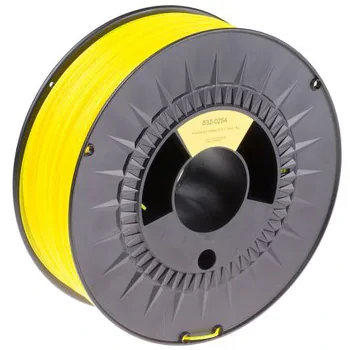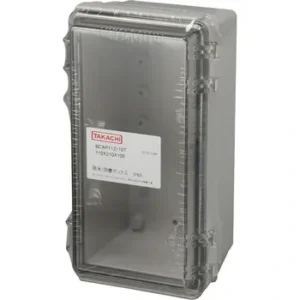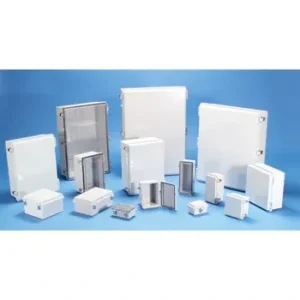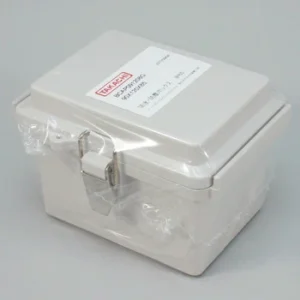Description
Quantity: 1 piece
Specifications: Printing Technology: FDM, Print Material: PLA, Machine Specifications: None, Color: Fluorescent Yellow, Weight: 1kg, Diameter: 1.75mm, Polylactic acid (PLA) can be printed without a heat bed due to its low warping characteristics. If a heat bed is used, the recommended temperature is plus or minus 35-60 Celsius degrees. PLA can be used with all common desktop FDM or FFF technology 3D printers. RS PRO 3D Printer Filament PLA 1.75 mm, 1 kg. Polylactic acid (PLA): is a biodegradable plastic made from renewable natural resources and is one of the most commonly used materials for 3D printing. Plastics like PLA are simple, highly dimensionally accurate, and low cost, making them the most common 3D printing materials. PLA can be printed at low temperatures and does not require a heat bed, making it one of the most environmentally friendly filaments. PLA is a robust, easy-to-use high-quality PLA-type filament that is ideal for 3D printing. With slight improvements, this filament becomes even more robust while retaining the typical characteristics of PLA and improving brittleness. PLA has a low shrinkage rate, so it does not deform after cooling. This RS Pro Series PLA 3D printing material is available in a variety of colors. 832-0210 Natural Color, 832-0214 Black, 832-0220 Red, 832-0223 White, 832-0226 Blue, 832-0232 Yellow, 832-0236 Orange, 832-0239 Green, 832-0242 Gold, 832-0245 Silver, 832-0248 Pink, 832-0251 Gray, 832-0254 Fluorescent Yellow, 832-0258 Fluorescent Orange, 832-0267 Luminous Dark Green.
Features and Benefits: Stronger and not brittle compared to regular PLA, Easy to print at low temperatures, Low warping, Unlike ABS filament, PLA is biodegradable and derived from crops such as corn and sugarcane, Low odor, Long shelf life. If you purchase filament, it must be stored correctly to maintain its quality. Over time, the plastic absorbs moisture from the air, leading to small bubbles forming in the filament. When these bubbles are heated in the nozzle of the extruder, they quickly reach boiling point, compromising the print quality. The use of a desiccant dehumidifier that absorbs moisture is strongly recommended.
Storage: Store in a cool, dry place (15-25 Celsius degrees) away from UV light. This significantly improves shelf life.
Typical Applications: PLA is used in a wide range of applications such as general modeling, hobbyists, medical, education, prototyping, jewelry, architectural models, aerospace industry, engineering, and automotive industry.
Frequently Asked Questions: What materials can be used for 3D printing? Various materials can be used for 3D printing, including PLA, ABS resin, polyamide (nylon), glass-filled polyamide, stereolithography materials (epoxy resin), silver, titanium, steel, wax, photopolymer, and polycarbonate.
What is the cheapest 3D printing material? PLA and ABS are the cheapest.
Part Number: 832-0254
RoHS Directive (10 substances compliant): Compliant




